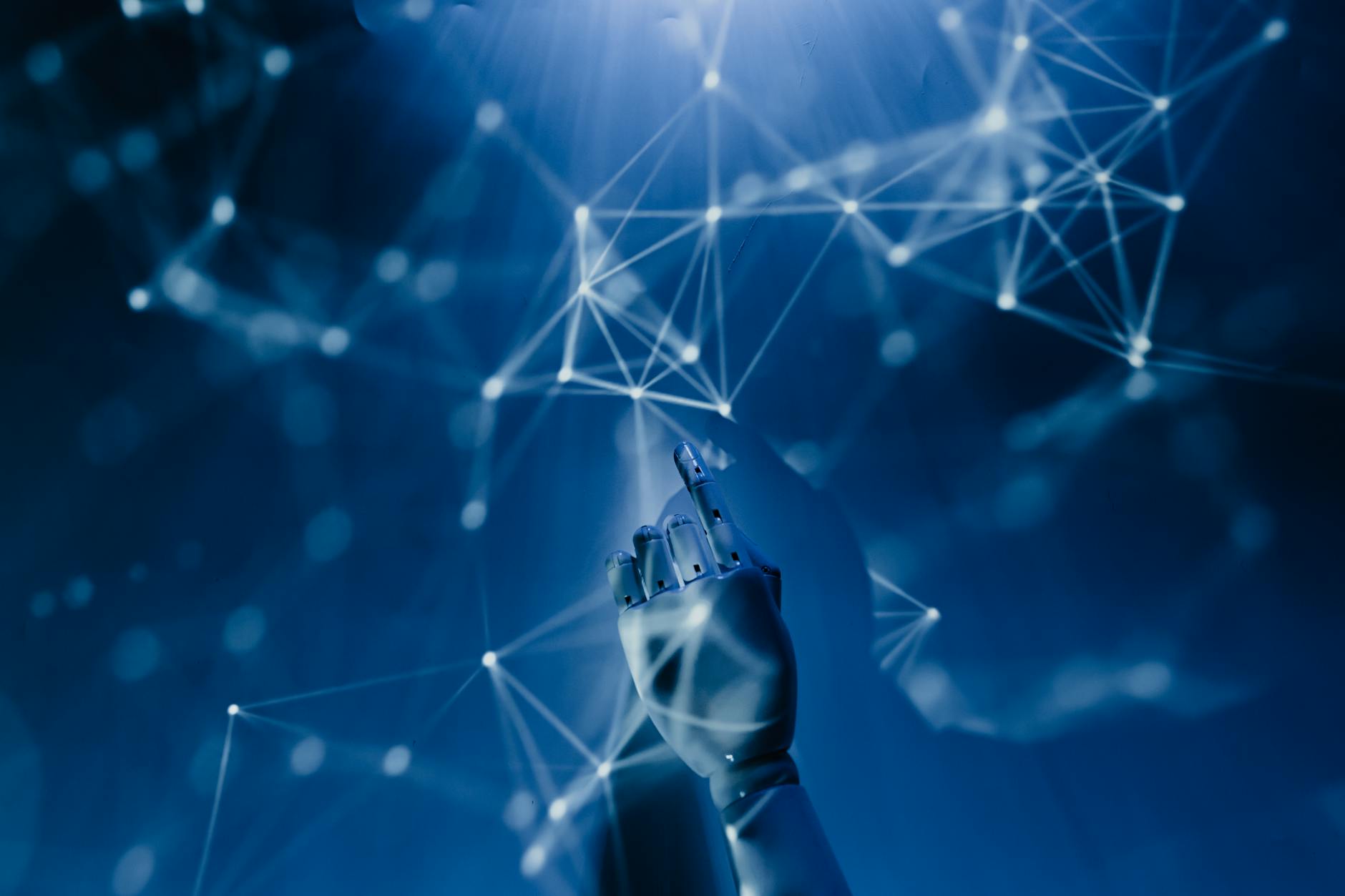Barbie’s AI Brain: Will Mattel’s Gamble Pay Off, or Just Add to the Toy Box Clutter?

Introduction: Mattel and OpenAI’s partnership promises to inject artificial intelligence into the very fabric of iconic toys. But beneath the surface of this seemingly innovative collaboration lurks a deeper question: is this a genuine leap forward, or just another expensive marketing ploy riding the AI hype wave? My analysis suggests the latter may be closer to the truth.
Key Points
- The partnership’s success hinges on delivering tangible, innovative experiences that genuinely enhance the consumer experience rather than simply applying AI for AI’s sake.
- This collaboration highlights the growing trend of major toy manufacturers integrating AI to gain a competitive edge and personalize the play experience.
- The potential for unforeseen ethical concerns and the high cost of development and implementation pose significant risks to the project’s long-term viability.
In-Depth Analysis
The press release announcing Mattel’s partnership with OpenAI is short on specifics. We’re told AI will “enhance creative development,” “streamline workflows,” and create “new ways for fans to engage.” These are vague promises. While AI could theoretically assist in designing new Barbie outfits or Hot Wheels tracks, the claim of fundamentally changing the toy experience requires significant evidence. Existing AI tools are already used in product design across various industries, so the novelty here is limited. Will this AI simply automate existing processes, perhaps speeding up design iterations? That’s hardly revolutionary. The real test lies in whether this collaboration leads to genuinely innovative and unexpected products and play experiences – something beyond tweaks to existing lines. We’ve seen AI used to generate art and stories, but translating that into compelling, engaging toys for children is a far more complex challenge. Furthermore, the success of this venture will depend heavily on the seamless integration of AI into the manufacturing process, ensuring efficiency without compromising quality or increasing costs to the point of pricing toys out of reach for consumers. The true innovation, if any, is likely to be in the subtle ways AI might subtly personalize the interaction with the toys, potentially through digital components or apps. However, this necessitates a robust digital infrastructure that Mattel will need to carefully build and maintain.
Contrasting Viewpoint
A cynical observer might argue that this partnership is primarily a publicity stunt designed to capitalize on the current AI boom. The lack of concrete details regarding the specific AI applications fuels this skepticism. Competitors might point out that similar design and manufacturing enhancements are already being achieved through more traditional methods and that Mattel is simply jumping on a bandwagon. Furthermore, the ethical considerations of employing AI in children’s products are significant. Data privacy concerns arise if the toys collect information about children’s playtime. The potential for algorithmic bias in the design process, inadvertently perpetuating harmful stereotypes, must also be addressed.
Future Outlook
Over the next year or two, we can expect to see minor improvements in Mattel’s design and production processes as a result of this partnership. However, genuinely transformative, AI-driven toys are unlikely to appear within this timeframe. The biggest hurdles include the development of robust, reliable AI models tailored specifically for the toy industry and the integration of these models into complex, physical manufacturing processes. The success hinges not just on the technology itself, but also on meticulous market research, ensuring that any AI-powered features appeal to both children and their parents, who ultimately make the purchasing decisions. Any failure to achieve this balance could result in wasted investment and damaged brand image.
For more context, see our deep dive on [[The Hype Cycle of Generative AI]].
Further Reading
Original Source: Bringing the Magic of AI to Mattel’s Iconic Brands (OpenAI Blog)